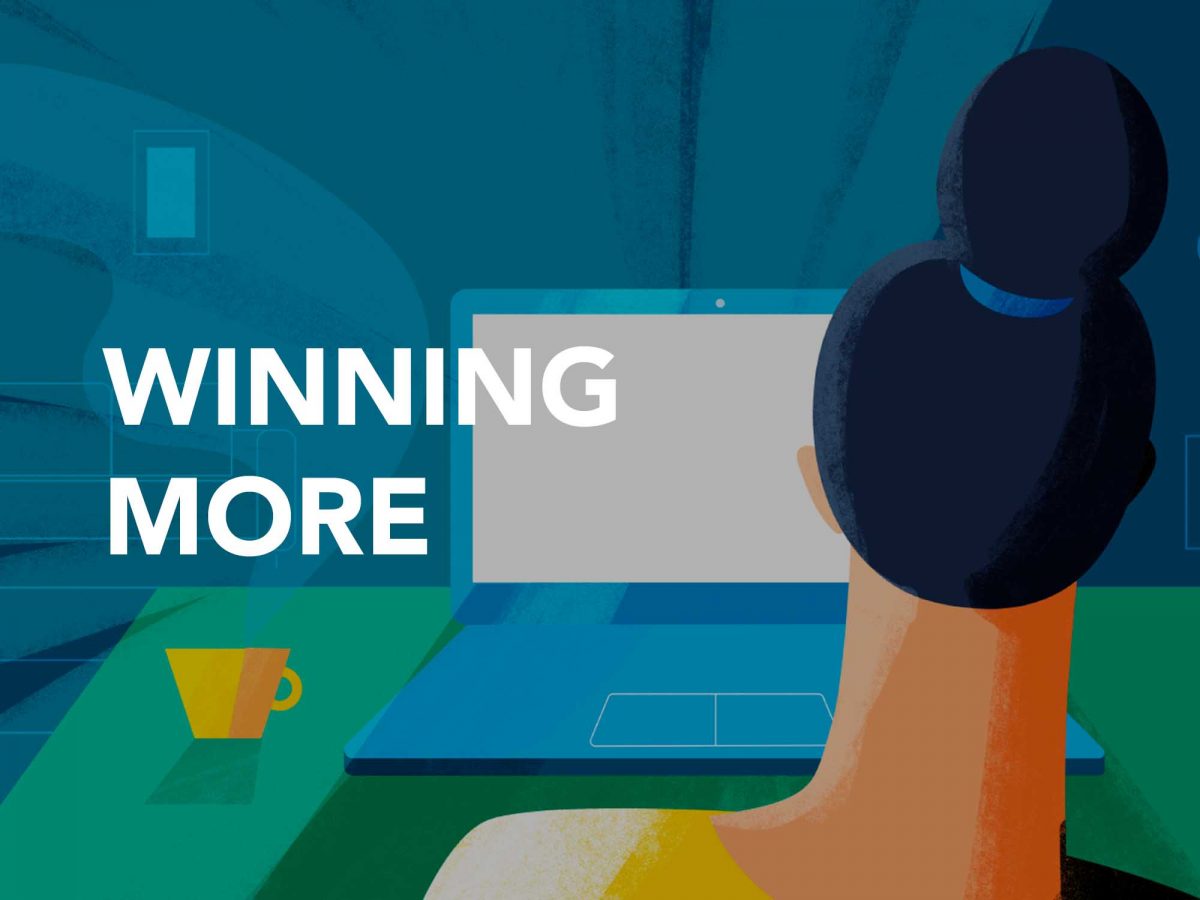It’s not statistical — at least not pure statistics. This post is not one to give you the formula or the mathematical explanation of why this correlates to that.
This blog post is more about feeling and less about thinking. More about communicating and more about intuition.
It is in line with my previous articles. For context, I advocate for getting in touch 1-on-1 with your user, even though it’s not scalable.
At the same time, I advocate for not asking people what do they think about your product. If it’s amazing or dreadful, they will vent it out — more so on the latter. If it’s in the middle, they’ll be silent. It doesn’t mean it’s boring, it can just mean it didn’t cause any feelings — there’s room to expand on creating an experience.
The Answer
When users go out of their way to say thank you, that’s when you know they’re a true fan. They don’t always have time to do that, they don’t always feel comfortable with striking a conversation out of nowhere or they might think “it doesn’t make a difference if I say thank you”.
Some do and you’ll get a message in your inbox. However, here’s the thing: if you’d go out and reach out to them, it doesn’t take a long time for anyone to write “Hey, didn’t ever think of writing to you but your product helped us A LOT”. That’s a sentence as a reply email.
Those are what Kevin Kelly called true fans – and his article echoed the internet a lot of times. Still does to this day.

Parting with your money is one thing. Sending gratefulness is 100x that. And hey, if you want to make a lot of money and don’t really care about that, there’s nothing bad with it. It still is the way to make more money.
The only thing is, nature is somehow balanced that the ones who are in just for the money won’t go as far as the ones who are in for something more than that. So that’s not bad news.
But at the same time it means that those who make people feel grateful for the help
And if that sounds confusing
Then here’s what I mean by “making people feel grateful for the help”.
Number 1, naturally you have to provide value. Millions of words written on that, that’s not what I want to touch.
Number 2, maybe you helped them get off the ground. I wrote a piece the other day that became viral (at least for my analytics standards) about “How To Convert A Free User To A Premium User” — have a look.
Number 3, already mentioned in this article (and in 40% of my articles) — reaching out. The idea is that it has such a bigger impact if done. What would you rather talk about? The CEO of Shake Shack that sent you an email or Jeff Bezos’ divorce?
Something that happened within your vicinity or a bigger event that you’re not really connected with?
Number 4, giving more than they expected. “Hey, thanks for paying in full for a year. Here’s one extra month, just because we’re grateful”. And that doesn’t mean you need to lose money.
It’s like the “white gloves” service or the insurance business. It’s like the dropped macaron pricing that I mentioned a few weeks ago.

If I know I’m paying for 10 pieces, you’ve made the price so as to account for 11 pieces and then you say “Here’s a free one”, it’ll have a much much bigger impact.
It’s like a surprise, like Santa Claus. It’s true, I won’t cry of happiness or even care in an hour that your company gave me more. But it did matter for those .5 seconds or 5 seconds.
Objection: “Yes, Daniel, but how many more am I losing because I increased, basically, my price?
To which I’d answer: those 0.5 to 5 seconds of gratitude, even if it happens to 2 people out of 10 (say the 8 don’t even care or don’t open the email), you’re still about to win.
You’re about to win because that’s how relationship building works, that’s how brand building is happening and that’s how these motherfuckers (who are grateful) will tell other grateful motherfuckers about it and you’re about to create a true network/circle of people who are using your stuff.
The Conclusion
Be good, for goodness sake. And it’ll come back to you, even if it looks like a cost today.
However, all these ideas are easier to implement for some and harder for others. I said this in an interview the other day — it’s easier to:
- give out and to expect nothing
- help people get off the ground (and that doesn’t necessarily mean from 0, it could be a big corporate’s new product)
- be in the position of “for those who win, more will be given” as opposed to “for those who have nothing, everything will be taken” (The Matthew Effect)
When your mental is strong. When insecurities and negative emotions are acknowledged, when neediness is not present and when there’s internal peace. But hey, that’s outside the scope of measuring user churn.
The conclusion in a nutshell is:
Measuring user churn statistically is quantifiable and gives people the sense of security — you can at least know it.
Measuring it based on how many truthful interactions you’ve got (even if you don’t get to see all of them) is what can keep you prospering long-term.
Because when you have a truthful interaction, that’s a micro-win both for you and the other person. And if you win now, you’ll keep winning.
Later additions: some complain that I’m rambling here and I understand why it might only make sense if 1) you’ve felt this before or 2) you’re reading in-depth.
Indeed it doesn’t make sense to all as it’s not for everyone but let’s try making it clearer. Here’s what I meant: when you’ve got these meaningful interactions with people, they’re closer to becoming true fans — and you’re closer to measuring the amount of these true fans. They might still unsubscribe as they literally don’t need anymore what you provide but they are your prophets — they spread around words about the value you’ve given them.
When these interactions do not take place, that’s what I’d call churned people. They “unsubscribed” from your thought leadership, your ideals and values, your mission and vision because there was no tightening moment. For that to happen, you have to get back to them (how I started the article) or initiate the discussion yourself.
I’ve met Ali Parsa from Babylon Health and in the brief interaction we’ve had, he was very warm and authentic. I felt a stronger connection to him than to some CEO whose products I actually use daily — and here I am preaching about him.
Same thing happened the other day when Matthew Prince from Cloudflare mentioned me in a tweet. And once again, I don’t even use Cloudflare — though I’ve spread around word about them every time I had the chance. Again, here I am preaching about him and not someone from AWS (what I use from AWS is not directly competing with Cloudflare).
About Ch Daniel
I run Chagency_, an experiences design agency that specialises on helping tech CEOs reduce user churn. We believe experiences are not only the reason why users choose not to leave but also what generates word of mouth. We’re building a credo around this belief.
If I’ve brought you any kind of value, follow me and get in touch here: LinkedIn | Twitter | Email | Quora | YouTube (same content but in video)
I’ve also created an infinitely-valuable app for sneaker/fashion enthusiasts called Legit Check that impacted hundreds of thousands over millions of times – check it out at chdaniel.com/app
Please share this with someone and subscribe to our newsletter!— helps us keep pumping content?
Illustration Credits: Janis Andzans, Bee Johnson




